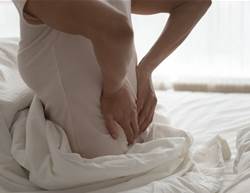You eat your vegetables and get some form of exercise on most days of the week. So when you step on that scale and the number stays put, you wonder what you're doing wrong. But even with healthy eating habits and a regular exercise routine, you may be making some small mistakes that can lead to a weight-loss plateau and derail your results. Here are some things you might be doing that are hindering you from reaching your goals.


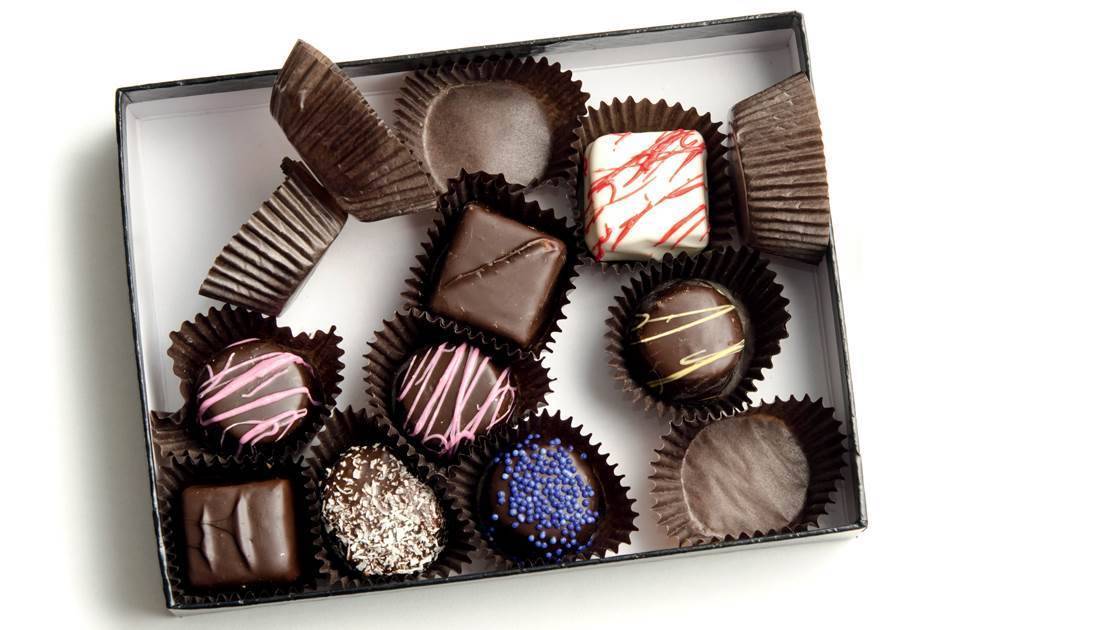

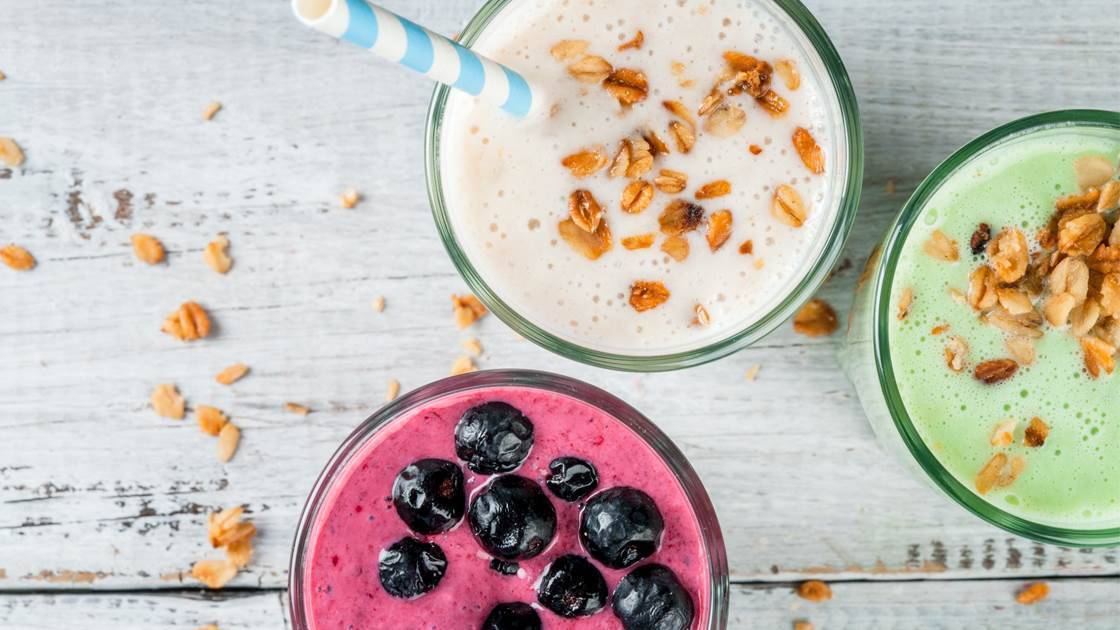


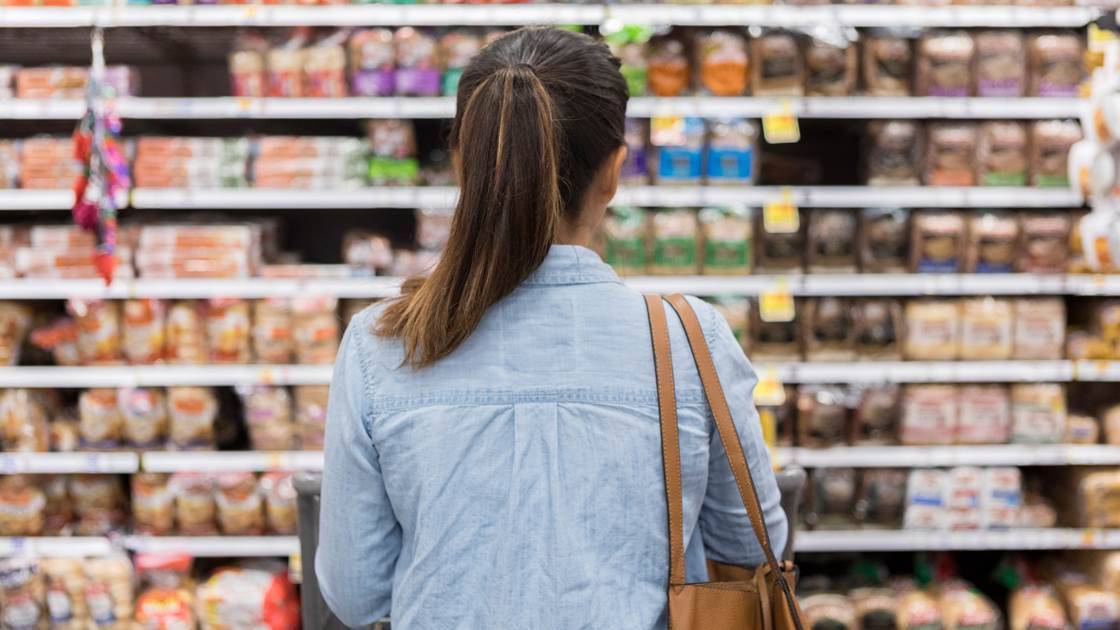


You overestimate your daily kilojoules
Only 11 percent of people correctly estimate their ideal daily kilojoule requirements, according to one survey. The rest of us tend to overestimate, says dietitian Bonnie Taub-Dix, author of Read It Before You Eat It: Taking You from Label to Table. For example, you assume that you consume 8,370kJ (2,000cal) a day, but it's really going to take 7,530kJ (1,800cal) a day for you to lose weight. Those extra 800kJ (200cal) are enough to keep about 10kg on your frame. However, it's important to note that while you should be mindful of how many kilojoules you're consuming, you shouldn't let it rule your life. It's better to focus on the quality of your kilojoules and eat foods that are nutrient-dense, like vegetables, fruits, whole grains, lean protein, and healthy fats.
You don't vary your workouts and stick to the same routine
As you begin to work out more and get into a routine, it's important that you vary your workouts and alternate days you're doing cardio and strength training, as well as the muscle groups you're working. Doing the same workout over and over again will condition your body to stay comfortable and not work hard to burn those kilojoules and build muscle.
Looking for a way to change things up? Incorporating intervals into your workouts can help you burn more kilojoules in less amount of time. Short bursts of intense activity burn more kilojoules - and up to 36 percent more fat, according to a study published in the Journal of Applied Physiology. Strolling around the shopping centre or a park for an hour works off about 627kJ (150cal). Pick up the pace for one minute out of every five minutes to burn over one-third more kilojoules.
Be sure you also dedicate some time during the week to weightlifting. Lifting weights will help you build more muscles and get rid of fat. Muscles are metabolically active, so they'll help you burn more kilojoules even when you're not working out.
You make your workouts a license to eat whatever you want
Weight loss is as easy as kilojoules in, kilojoules out, right? Not exactly. If you run on the treadmill for an hour each day, it doesn't mean you can have a burger and hot chips every night. The only way this diet works is if you consume fewer kilojoules than you're actually burning, but most of the time, people aren't sure how many kilojoules they're consuming. Instead, focus on consuming quality kilojoules from vegetables, fruits, whole grains, and lean meats. This way you won't have to worry about how many kilojoules you're burning at the gym.
You don't practice portion control
What you put on your plate is important, but healthy eating is also about being mindful of how much you consume. Sure, avocado, dark chocolate, and nuts are great for your health and should be a regular part of your diet, but these foods are also kJ-dense and overdoing it can prevent you from reaching your goals. The best way to know if you're eating too much is to write it down. "Even if you note it on a napkin and then throw it away, that's okay. Just the act of writing makes you more aware," says Taub-Dix. Portion control cues help too: A tennis-size serving for chopped veggies and fruits, a golf ball for nuts and shredded cheese, a fist for rice and pasta, and a deck of cards for lean meats.
You drink your kilojoules
Sugary fruit juices, soft drink, and kJ-laden smoothies and meal replacement drinks could be the culprit for your weight gain. Just because you're not chewing something, it doesn't mean the kilojoules don't count. For example, a can of coke has 630kJ (150cal) and 39 grams of sugar, and if you enjoy it with a slice of pizza, you could easily consume more than 2,000kJ (500cal) in one meal. Water is always your best option, and staying hydrated can also help you control your appetite and understand your hunger cues.
You don't do your research before dining out
Choose the chicken sandwich over pizza, and you think you're set, but again, looks can be deceiving. A chicken sandwich that comes on focaccia bread with cheese and mayo can easily deliver 4,058kJ (970cal). Two slices of pepperoni pan pizza can cost you up to 2,175 (520cal). "Put your sandwich in a spinach wrap instead of regular bread? It's the same difference," says dietitian Tara Gidus. "My clients think they get more nutrients and save on kilojoules with 'healthy bread,' but often that's not the case." To make healthier choices when dining out, look up the nutrition information before you eat there. See if your favourite eatery has the nutrition information for their dishes online or in the store - you may be surprised at what you see.
You go for fat-free desserts over the real deal
When you want something sweet, fat-free, sugar-free options seem like a smart choice for weight loss. But US researchers found that overweight people who choose low-fat versions of snack foods rather than the regular kinds consume, on average, twice as many kilojoules. "The terms 'fat-free' or 'sugar-free' can create a green light effect, triggering people to eat more," says dietitian Cynthia Sass. But many fat-free foods have about the same number of kilojoules - or more - as their full-fat counterparts. And because they lack fat, they won't fill you up and will leave you wanting even more.
Go for reasonable amounts of the real thing. If you love ice cream, have a small scoop of the full-fat version. "You won't stick to a diet that doesn't include your favourites," says dietitian David Grotto. Bottom line: Life's too short for forbidden foods.
You're eating more sugar than you realise
If you eat a lot of packaged, processed foods, chances are you're consuming more sugar, sodium, and fat than you realise. The World Health Organization reccommends added sugars be limited to no more than 10 per cent of our daily energy intake, and ideally no more than 6 teaspoons per day. Most Australians consume significantly more than this.
You don't practice mindful eating
You may think you're vigilant about watching what you eat, but research shows that stolen bites and tastes can rack up a few hundred uncounted kilojoules, which can put on kilos fast. Eating while distracted can also cause mindless eating. A US study found that when women who normally watched their portions had lunch in different situations, they ate 15 percent more while listening to a detective story, compared to when they ate alone and free of any distractions. Avoid eating when your mind's elsewhere (in front of a computer, for example), and eliminate unnecessary distractions (turn off the TV, set aside the book).
You don't get enough sleep at night
If you're been having a hard time breaking through a weight-loss plateau, it could be the result of your evening habits. Not getting the recommended seven to eight hours of sleep at night, mindlessly snacking before bed, and eating a heavy dinner can all contribute to weight gain. To help you unwind, do something relaxing and calming at night after you get home from work. Taking a bubble bath, reading a good book, or journalling can help you clear some headspace for rest. This will help you make healthier choices at night, including going to bed earlier.
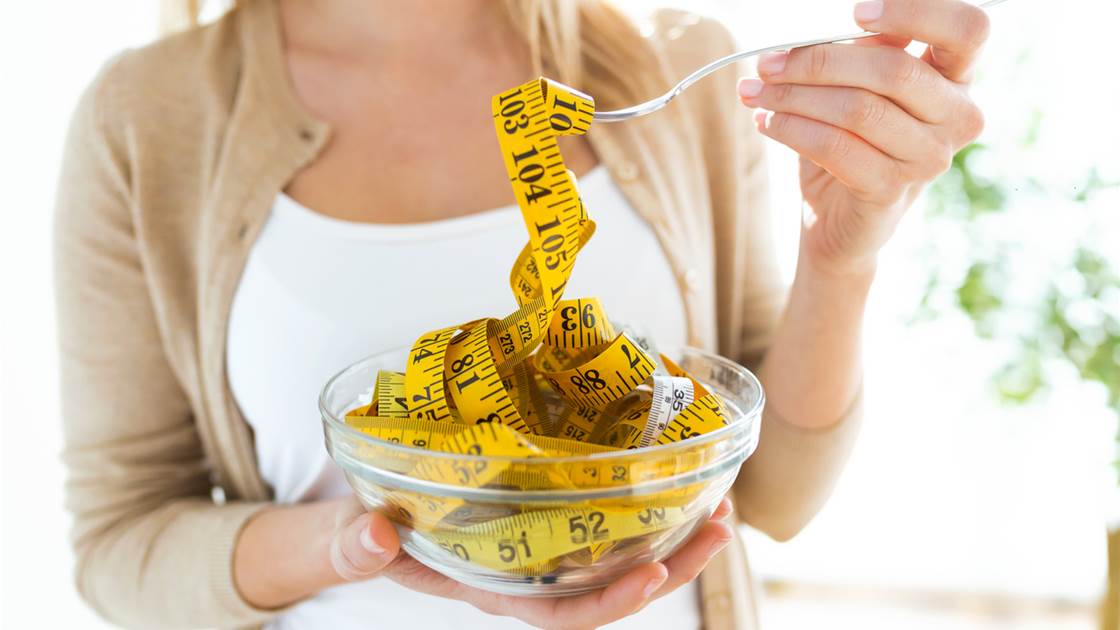





.png&h=193&w=250&c=1&s=1)
.png&h=193&w=250&c=1&s=1)
